Mercedes-Benz has one aim when it comes to its range-topping S-class – to make the best car in the world.
That’s no mean feat, but as the automotive industry has witnessed time and again over the years, with each new Mercedes Mercedes-Benz S-Class variant comes innovative technology never before seen on a car. The S-class has always been a game-changer. So where did it all begin?
Scroll down for the full feature
The Mercedes S-class DNA can be traced back to 1951, when at that year’s Frankfurt motor show the German car maker introduced the svelte W187 220 and the W186 300 models. Available in saloon, coupé and cabriolet styles, the 220 was powered by a 2.2-litre six-cylinder overhead cam unit producing 80bhp.
In grander 300 guise, an 113bhp 3.0-litre inline-six propelled the car onto a top speed of 100mph – cementing the 300 as the fastest German production car at that time. Technical highlights included a safety door lock to prevent doors from bursting open and electronically operated torsion bar suspension to compensate the height of the rear wheels under heavy loads.
In 1954 the W180 220 series debuted. Nicknamed “Ponton” for its markedly round, slab-sided design, the 220 showcased an innovative single-joint swing axle for improved safety and comfort, an automated clutch, manually controlled fuel injection and even separate heaters for driver and passenger.
Five years later and the ‘Fintail’ Mercedes-Benz W111/112 arrived in five versions, from 220b to leading 300SE long-wheelbase form. The W111/112 took safety to a whole new level; boasting the world premiere of front and rear crumple zones, the first Mercedes-Benz car to feature disk brakes all-round, while an injury-reducing interior brought to the forefront three-point seat belts, a padded steering wheel and wedge-pin door locks.






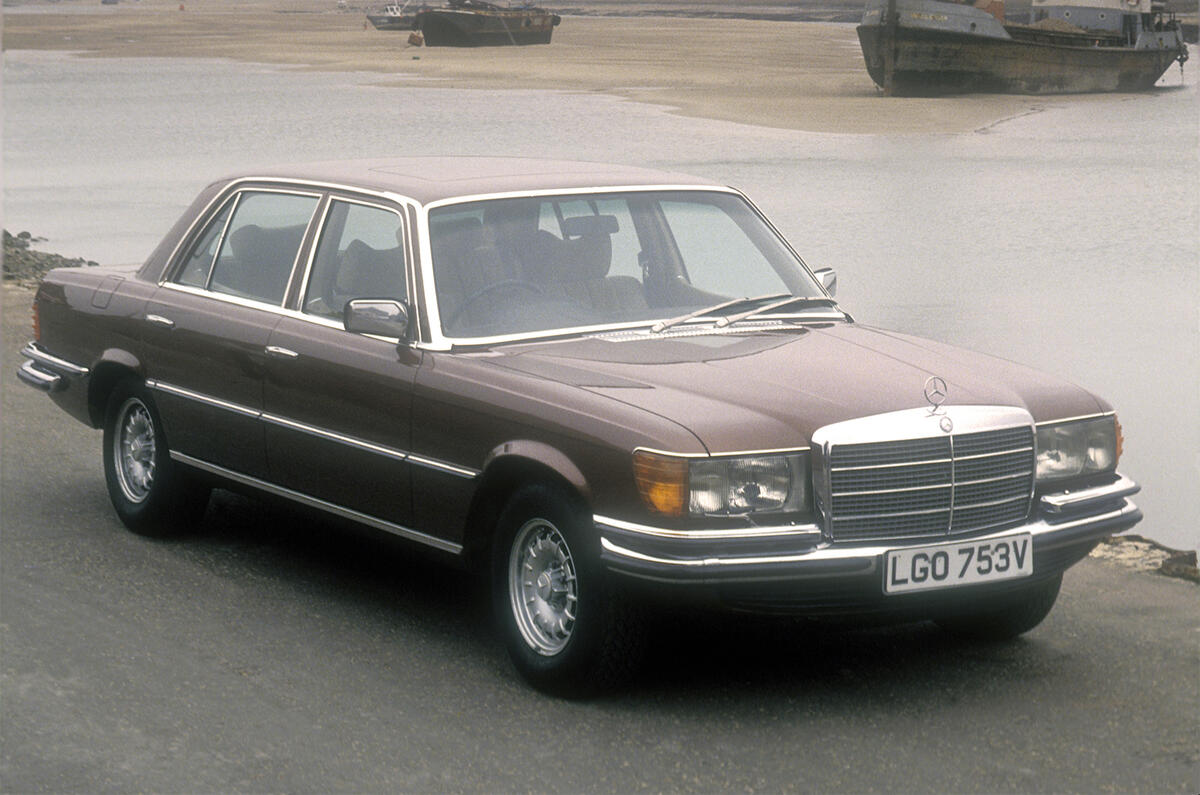


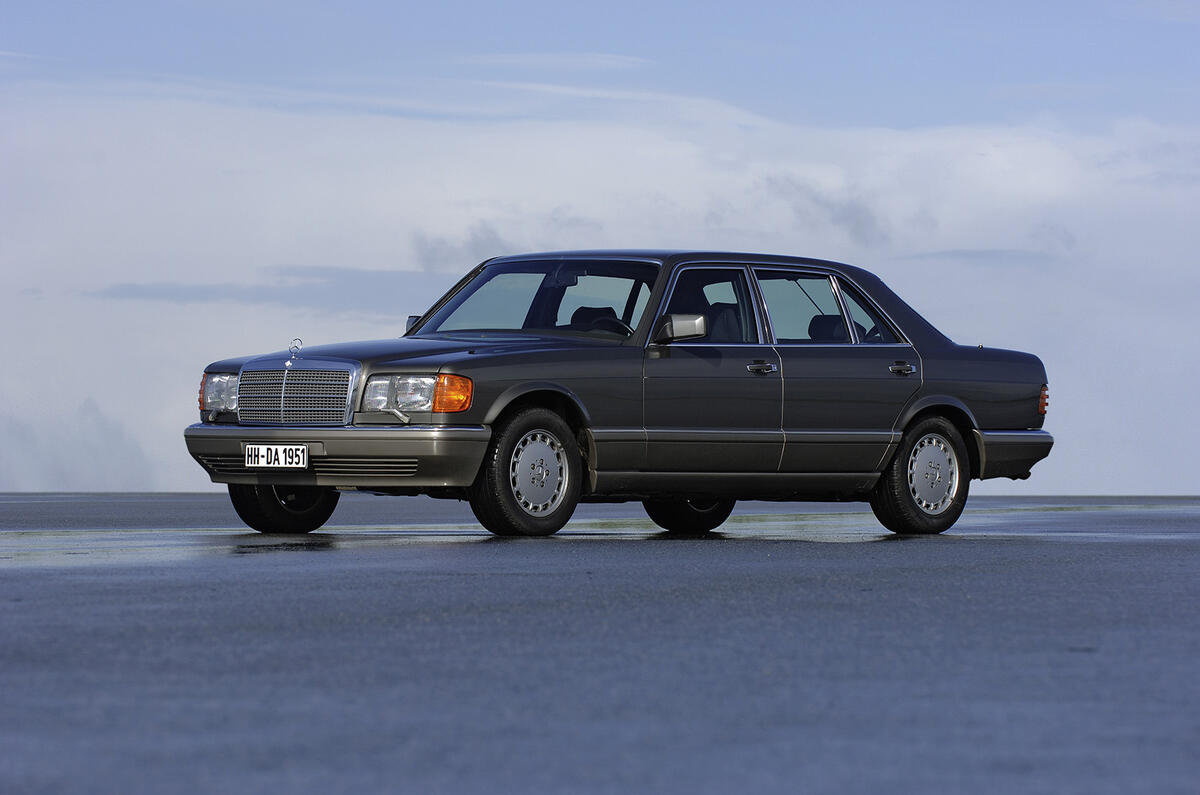


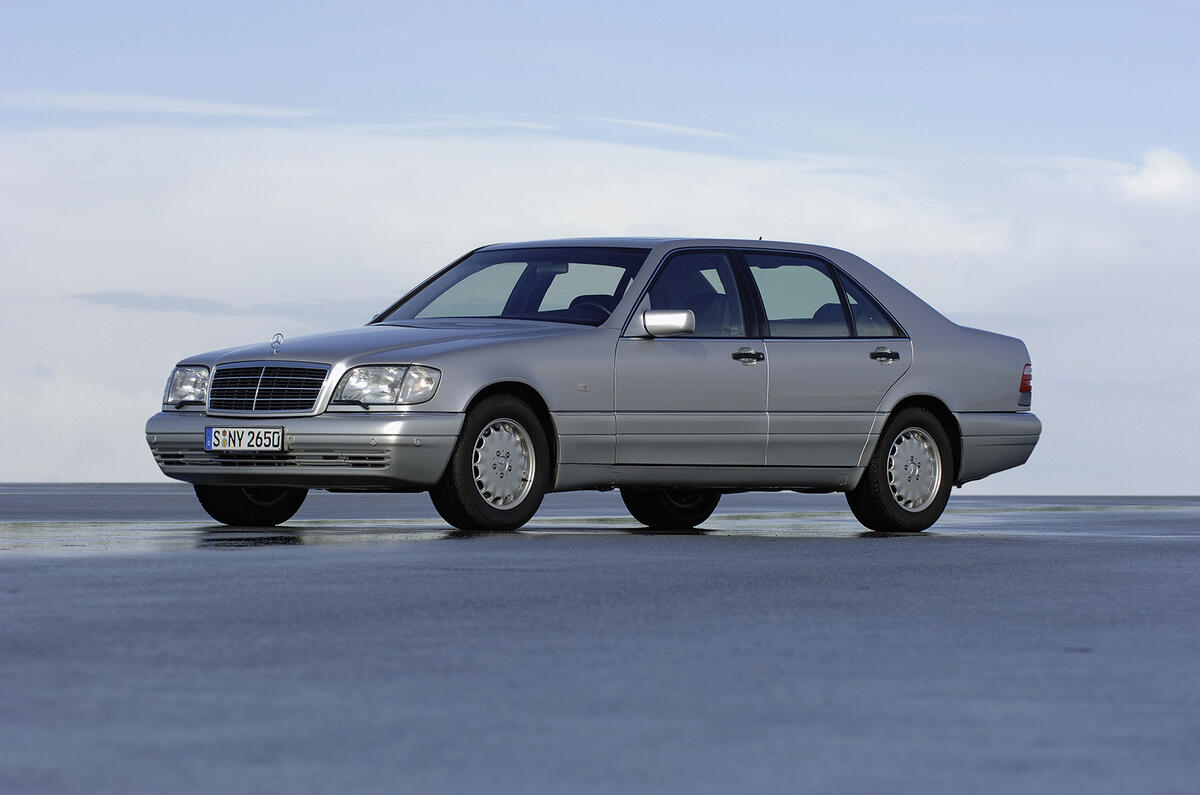




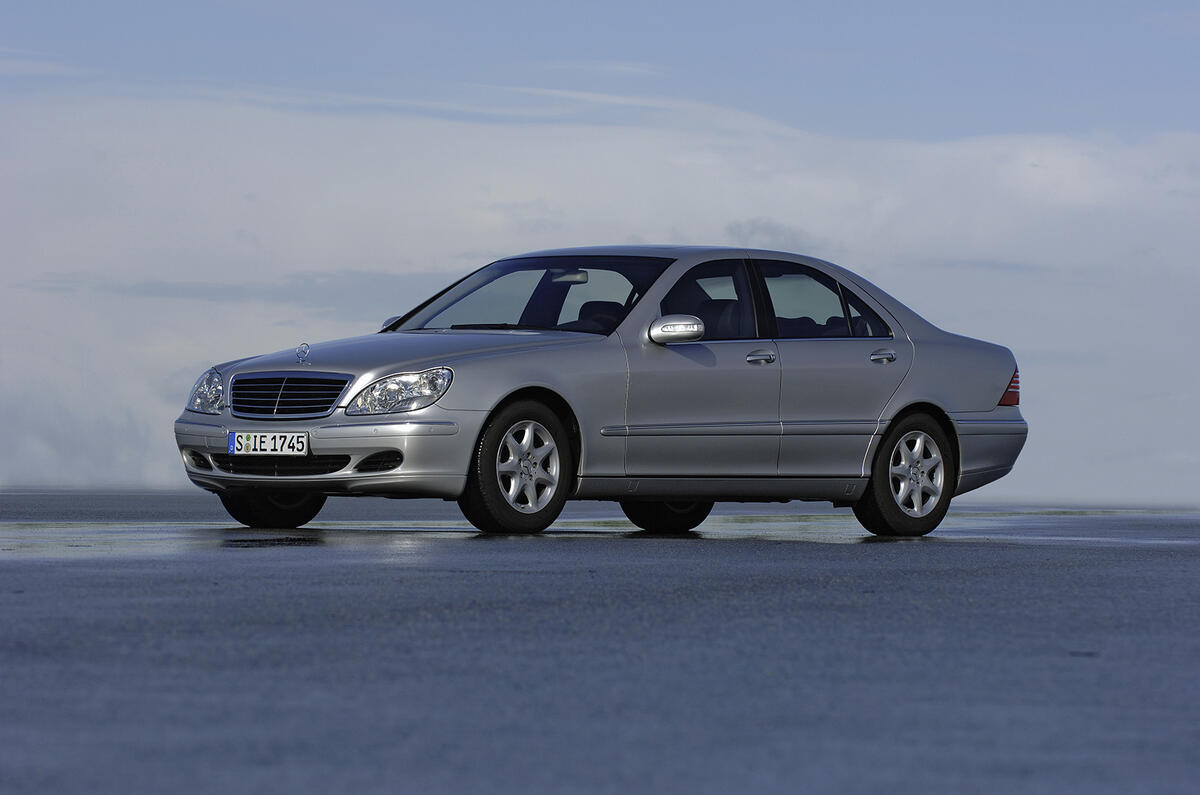








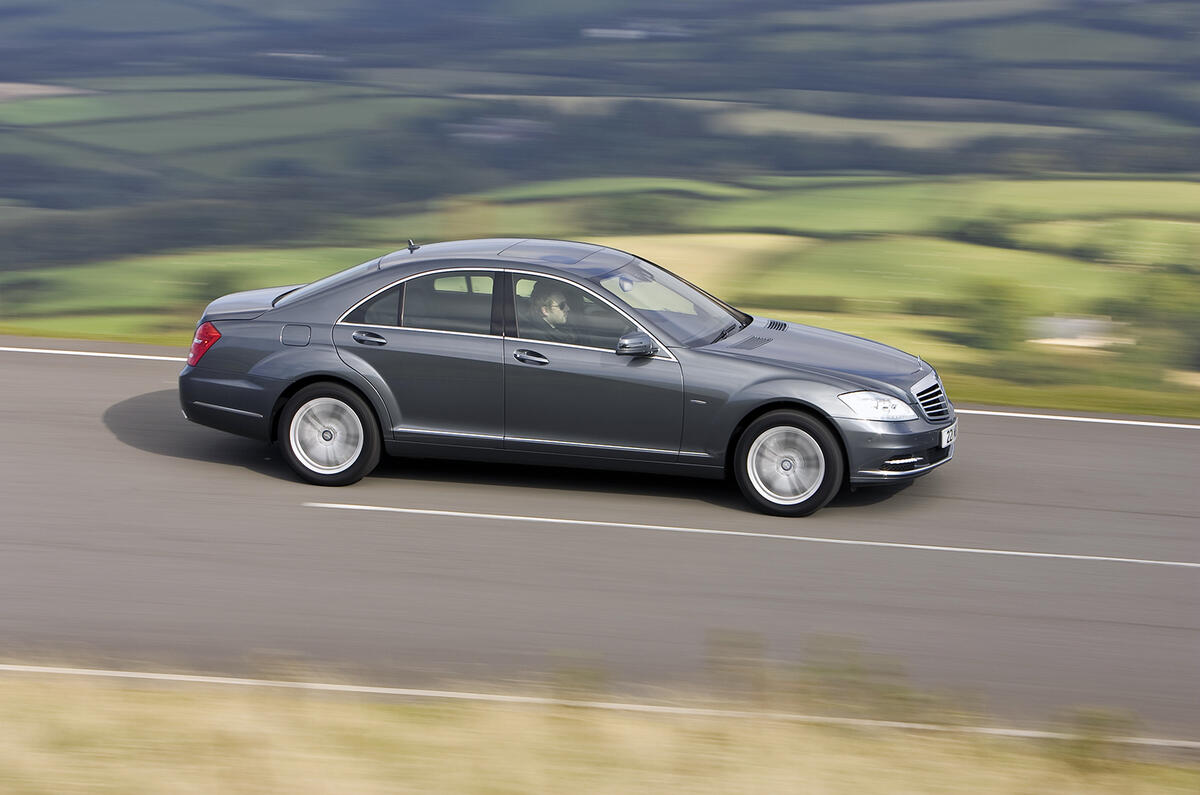




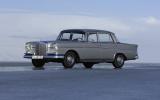





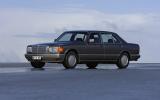

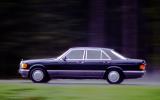





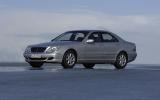









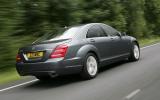





Join the debate
Add your comment
S-CLASS HISTORY.
Mercedes S Class
W140